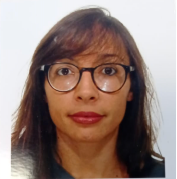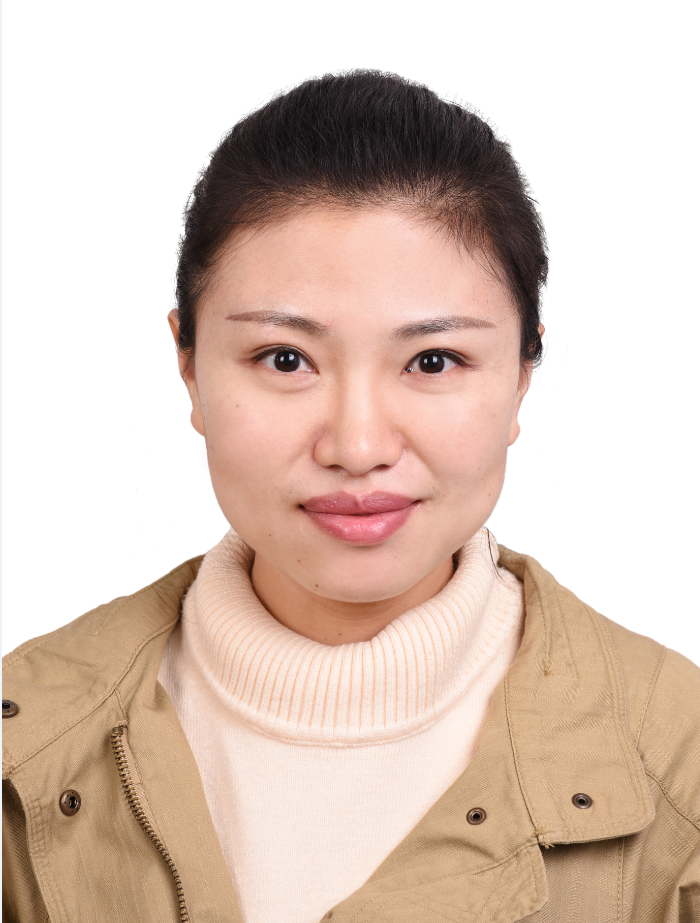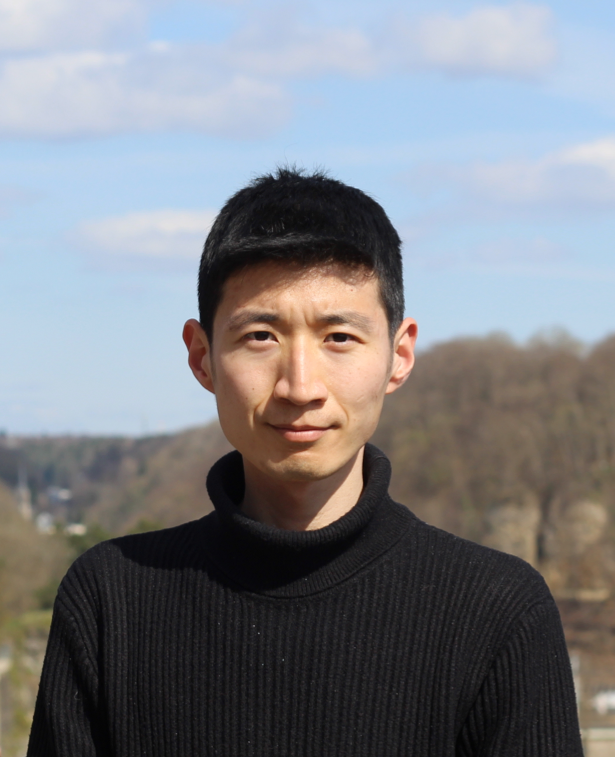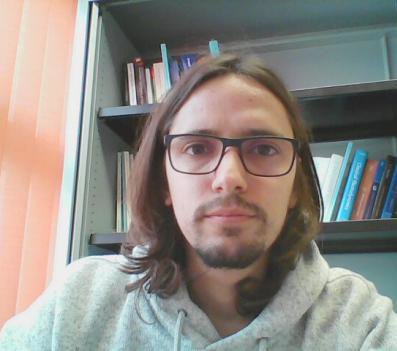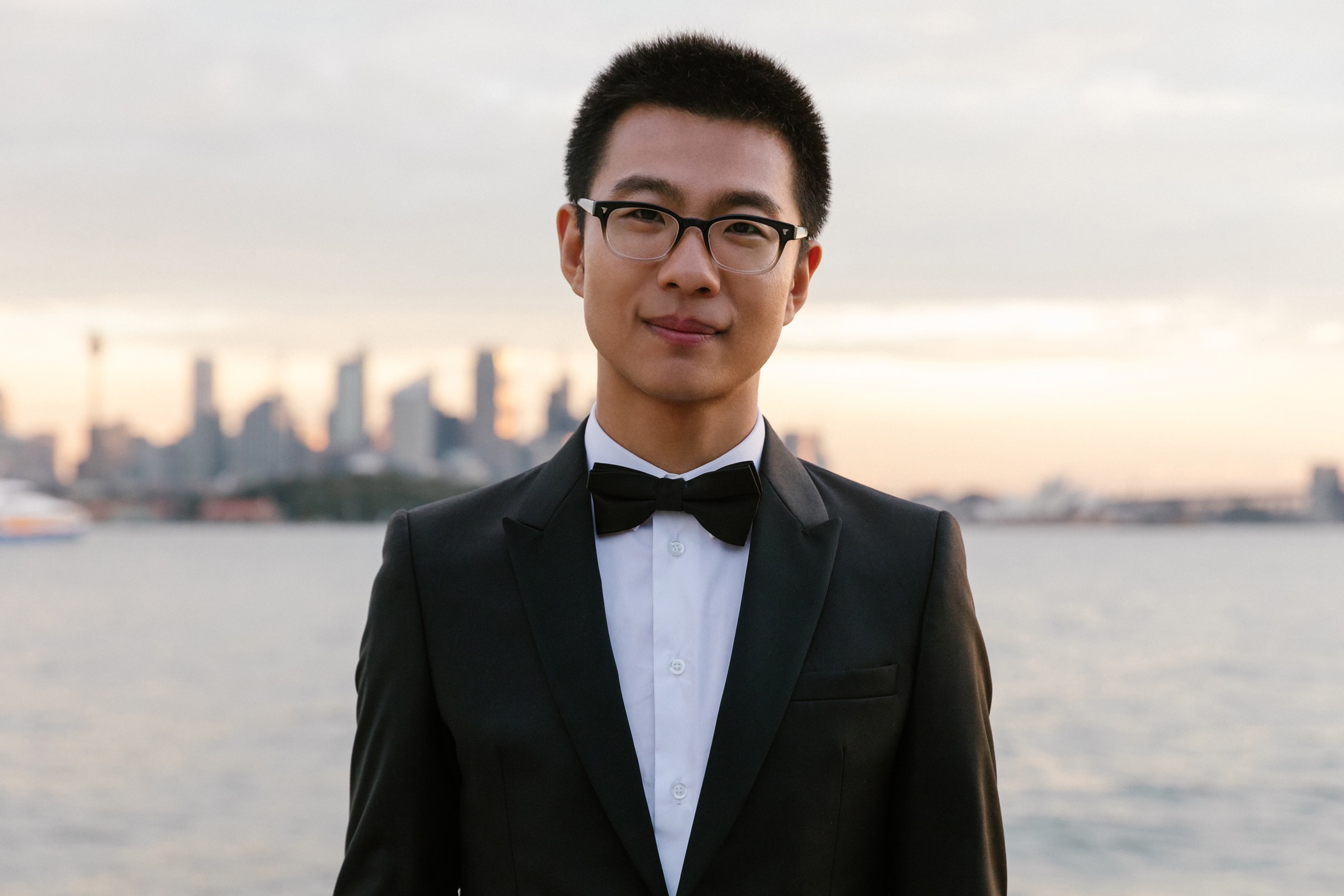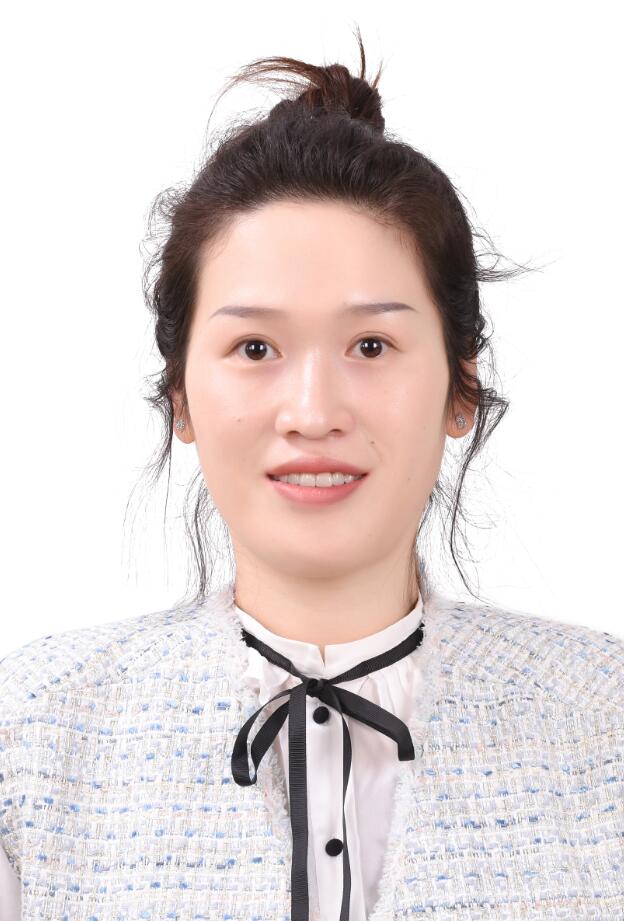MRE Young Scientist Award & Best Paper Award
2022 MRE Young Scientist Award Competition Replay
https://www.koushare.com/topicReview/i/MREYsa
2022 MRE Young Scientist Award Ceremony Replay
https://www.koushare.com/video/videodetail/28755
Congratulations to 2022 MRE Young Scientist Award Winners!
Matter and Radiation at Extremes initiated MRE Young Scientist Award in 2019 to recognize the outstanding early-career scientists to deliver their important, original and innovative achievements in the field of science and technology on matter and radiation at extreme conditions.
In 2022, YSA jury members strongly appreciated the presentations from all 9 remaining candidates at second round auditions. Deciding the final winners was a tough task as all the speakers had made excellent presentations showing highly mature skills and excellency in their recent work. The winners of the 2022 MRE Young Scientist Award (YSA) are Zheng Gong, Arnaud Colaitis and Yanhao Lin, who represent the research topics of Fundamental Physics at Extreme Light, Inertial Confinement Fusion Physics/Radiation and Hydrodynamics, and High Pressure Physics and Materials Science respectively. Congratulations to the winners!
The YSA award ceremony will be held in the Opening and Award Ceremony of ICMRE2022 on June 7 (Starting at at 20:00 Beijing time/8:00 EDT/14:00 Paris time/12:00 GMT). More info and the schedule of events are available here: http://icmre2022.mre.org.cn/en/web/article/menudetail?mid=875.
Winners of 2022 Young Scientist Award

Zheng Gong from Max Planck Institute for Nuclear Physics
Presentation title: Ultrarelativistic spin-polarized plasma driven by high-intensity laser pulse
“The 2022 MRE YSA prize is awarded to Dr. Zheng GONG for his very original research in generating spin-polarized plasma using high-intensity laser interacting with novel targetry. His theory and simulation investigations lead to a new compact scheme for the controlled generation of relativistic spin-polarized electron beams which have important applications in material science, nuclear structure studies and fundamental high-energy physics. This prize also honors his exceptional publication record in the field of high-intensity laser-plasma interaction research.”
- Stefan Weber, Associate Editor of MRE

Arnaud Colaitis from Centre Lasers Intenses et Applications (CELIA)
Presentation title: 3D simulations of OMEGA implosions in presence of low mode asymmetries: systematic flow anomalies and impact of low modes on implosion performances
Dr. Arnaud Colaitis of CNRS and the CELIA collaboration in France has been selected as winner of the Materials and Radiation at Extremes award to Young Scientists for work in high energy density science of hydrodynamic and inertial confinement fusion (ICF). Dr. Colaitis and colleagues have made significant progress in modeling of direct drive ICF implosions without adjustable parameters and in excellent comparison to experiments at the Omega laser facility. His new code IFRIIT combined with ASTER correctly predicts results of low mode asymmetries leading to flow of compressing ICF targets and models the effects of Cross Beam Energy Transfer including laser beam polarization effects. This work successfully addresses some of the most significant issues in direct drive ICF and may lead to significantly improved results in this challenging endeavor pointing toward inertial fusion energy. Dr. Colaitis has also worked on Martian atmospheric turbulence and iron solar opacities signifying his versatility as a successful young scientist.”
- David Crandall, Associate Editor of MRE

Yanhao Lin from Center for High Pressure Science and Technology Advanced Research
Presentation title: Hydrous SiO2 transporting water to the core-mantle boundary
“The 2022 MRE Young Scientist Award is bestowed to Dr. Yanhao LIN for his outstanding contribution to our understanding the global water circulation mechanism in deep mantle. His high pressure-temperature experiments have revealed that stishovite, a dense form of SiO2 and a major component of the subducting basaltic slab, is capable of hosting and carrying several percent of H2O down through the mantle transition zone into the lower mantle. He has further demonstrated that stishovite transitions to denser CaCl2-type and seifertite phases can retain water all the way through the lower mantle to the core-mantle boundary at 130 GPa and 3300 K, thus completing the full mantle cycle by delivering the water directly to the source of the uprising plumes.”
- Hokwang Mao, co-Editor-in-Chief of MRE
Shortlist of MRE 2022 Young Scientist Award
Matter and Radiation at Extremes (MRE) initiated its Young Scientist Award (YSA) event in 2019. Due to the pandemic Covid 19, the second YSA was held online in 2021. MRE YSA 2022 will also come online this year. Since the announcement of the event in January 2022, dozens of experts and scholars in the research fields of MRE all around the world have participated in recommending and screening qualified young researchers. As of the application deadline, the organizing committee has received ~30 valid applications from 7 countries. The committee has carefully evaluated the applications by considering the academic importance of the work submitted and its originality, innovation, scientific merits and broader impacts as well as the extended CV of the applicants. As a result, the following 10 young scholars have been short listed to present their work at the next May meeting.
Name | Photo | Affiliation | Title of the application |
Anna Grassi |
| Laboratoire pour l’Utilisation des Lasers Intenses (LULI) | Exploring the physics at the most intense fields of the Universe with UHI lasers |
Yanfei Li |
| Xi’an Jiaotong University | Highly polarized positrons generated via nonlinear Breit-Wheeler processes in ultra-intense laser fields |
Zheng Gong |
| Max Planck Institute for Nuclear Physics (Heidelberg, Germany) | Ultrarelativistic spin-polarized plasma driven by high-intensity laser pulse |
Yajie Wang |
| Center for High Pressure Science and Technology Advanced Research (HPSTAR) | Pressure-induced polymerization of Hexafluorobenzene via highly selective 1,4-addition reaction |
Yanhao Lin |
| Center for High Pressure Science and Technology Advanced Research (HPSTAR) | Hydrous SiO2 transporting water to the core-mantle boundary |
Yunwei Zhang |
| Sun Yat-sen University | Development of novel superconductivity with high TC in electride materials under high pressures |
Arnaud Colaitis |
| Intense Lasers and Applications Center (CELIA) | 3D simulations of OMEGA implosions in presence of low mode asymmetries: systematic flow anomalies and impact of low modes on implosion performances |
Weipeng Yao |
| Laboratoire pour l’Utilisation des Lasers Intenses (LULI) | Nanosecond laser pulse propagation and laser-plasma instabilities in a magnetized, underdense plasma |
Jieru Ren |
| Xi’an Jiaotong University | Laboratory generation and applications of uniform dense plasma |
Audition of the shortlisted applicants will be held online on May 16-17, 2022 and will be broadcast (Join the contest: Zoom ID: 984 5752 5658, Code: 682401, https://zoom.us/j/98457525658?pwd=cXVheEZXVWxYWC9KOG5FYkNveHA2QT09 . Watch broadcast: https://www.koushare.com/topicIndex/i/MREYsa ). Each applicant will present their work for 15 minutes and will have a 5-minute Q&A session. For the complete schedule of the presentations click ![]() MRE YSA competition schedule.pdf. After the presentations the jury will decide about the final three winners!
MRE YSA competition schedule.pdf. After the presentations the jury will decide about the final three winners!
The award ceremony will be held on the 5th International Conference on Matter and Radiation at Extremes (ICMRE2022) on June 7 (https://www.koushare.com/topicIndex/i/ICmrexc ). For more info on ICMRE, please visit http://icmre2022.mre.org.cn.
2021 MRE Best Paper Award Ceremony Replay
https://www.koushare.com/video/videodetail/28753
Congratulations to MRE Best Paper Award Winners!
Matter and Radiation at Extremes initiated the MRE Best Paper Award in 2021, which is bestowed to authors of excellent articles published in the journal in the past three years, for appreciating and acknowledging their contributions to MRE, while promoting and encouraging top quality research in the field of matter and radiation under extreme states.
Among 120 papers published in MRE from 2018 to 2020, after evaluation and discussion by the committee, it was finally decided to award three articles as the MRE Best Paper Award winners. We also celebrate the nine excellent articles nominated for the MRE Best Paper Award.
Please see the full list below. Congratulations to the winners! (In no particular order)
MRE Best Paper Award Winners
Current status and highlights of the ELI-NP research program.
A. Tanaka, K. M. Spohr, D. L. Balabanski, S. Balascuta, L. Capponi, M. O. Cernaianu, M. Cuciuc, A. Cucoanes, I. Dancus, A. Dhal, B. Diaconescu, D. Doria, P. Ghenuche, D. G. Ghita, S. Kisyov, V. Nastasa, J. F. Ong, F. Rotaru, D. Sangwan, P.-A. Söderström, D. Stutman, G. Suliman, O. Tesileanu, L. Tudor, N. Tsoneva, C. A. Ur, D. Ursescu, and N. V. Zamfir
“The review paper from Prof. Tanaka on the status and upcoming commissioning of the Extreme Light Infrastructure in Romania stands out from the majority of articles published in MRE. It provides a detailed overview of one of the most important scientific infrastructures built in the European Union. It describes in a very accessible and at the same time comprehensive way the physics to be studied and the technology which makes it possible. This article won the MRE Best Paper award because it is a perfect introduction for young scientists entering this specific field and a perfect reference for the potential user community which will soon perform unique experiments in this installation.”
Understanding the effects of radiative preheat and self-emission from shock heating on equation of state measurement at 100s of Mbar using spherically converging shock waves in a NIF hohlraum.
Joseph Nilsen, Andrea L. Kritcher, Madison E. Martin, Robert E. Tipton, Heather D. Whitley, Damian C. Swift, Tilo Döppner, Benjamin L. Bachmann, Amy E. Lazicki, Natalie B. Kostinski, Brian R. Maddox, Gilbert W. Collins, Siegfried H. Glenzer, and Roger W. Falcone
“Extremely high pressure hugoniots (above 400 Mbar) were previously rarely achieved unless using nuclear explosions. Here it is the first time using NIF that such matter at extreme has been reached opening a new domain of EOS exploration. In this paper radiation issues are discussed both coming from hard x-rays generated on the cavity walls or by the shock itself as its temperature becomes extremely important. This paper won the MRE Best Paper Award because it is one the first showing the convergence to atomic pressures that might revolutionize our understanding of the extreme pressure domain.”
- Michel Koenig, Co Editor-in-Chief of MRE
Superconductivity in La and Y hydrides: Remaining questions to experiment and theory.
Viktor Struzhkin, Bing Li, Cheng Ji, Xiao-Jia Chen, Vitali Prakapenka, Eran Greenberg, Ivan Troyan, Alexander Gavriliuk, and Ho-kwang Mao
“Since the discovery of the first superconductor in 1911, the pursuit and exploration on room-temperature superconductivity have never come to stop. For now, pressurizing metal hydrides appear to be a "shortcut" to this Holy Grail of condensed matter physics. In this review article, Struzhkin et al. summarized the latest results of theoretical and experimental studies on metal hydride high-temperature superconductivities. They also proposed that high-Tc superhydrides may be "doped" with metallic hydrogen based on their own experimental investigations. This review article won the MRE Best Paper award because not only gives us a quick and systematic update on the research of metal hydride high-temperature superconductivity, but also enlightens the debates on the newly emerging hot topics of the field, which would push forward the studies of high-temperature superconductivity.”
- Bin Chen, Guest Editor of MRE
The MRE Best Paper award ceremony will be held on the 5th International Conference on Matter and Radiation at Extremes (ICMRE2022) on June 7, 2022 (Live streaming: https://www.koushare.com/topicIndex/i/ICmrexc ).
MRE Young Scientist Award 2022 Call for Papers
In 2022, Matter and Radiation at Extremes (MRE) will organize the 3rd MRE Young Scientist Award (YSA) event of oral presentations, and the prize presentation will be held in ICMRE 2022.
The MRE YSA award, first launched by the journal MRE in 2019, aims to stimulate young scholars worldwide to deliver their important, original and innovative achievements in the fields of science and technology on matter and radiation at extremes.
The MRE Young Scientist Award winner receives
A trophy and a certificate;
Cash prize of RMB 10,000 (after individual income tax in China);
A formal invitation to publish on MRE.
Eligibility Criteria
The applicant should be younger than 35 years on Jan. 1, 2022;
The applicant should be the presenting author (first or corresponding author) of original research which has not been published and is not under consideration for publication elsewhere.
The topic of the research work should be within the scope of MRE.
Application process
The applicant must complete the personal information form and submit an extended informative abstract on the original research (2000-3000 words, including representative figures and references) in DOC (DOCX) or PDF format to mreeo@aip.org with subject line “MRE Young Scientist Award”.
Submission deadline: March 31, 2022.
Selecting process
All valid submissions will be evaluated by the jury and the shortlisted candidates will be announced no later than April 20, 2022. The candidates will be invited to present their work via oral presentations on May 16-17, 2022. The award winners will be selected by the jury and invited to take part in the prize presentation in ICMRE2022.




